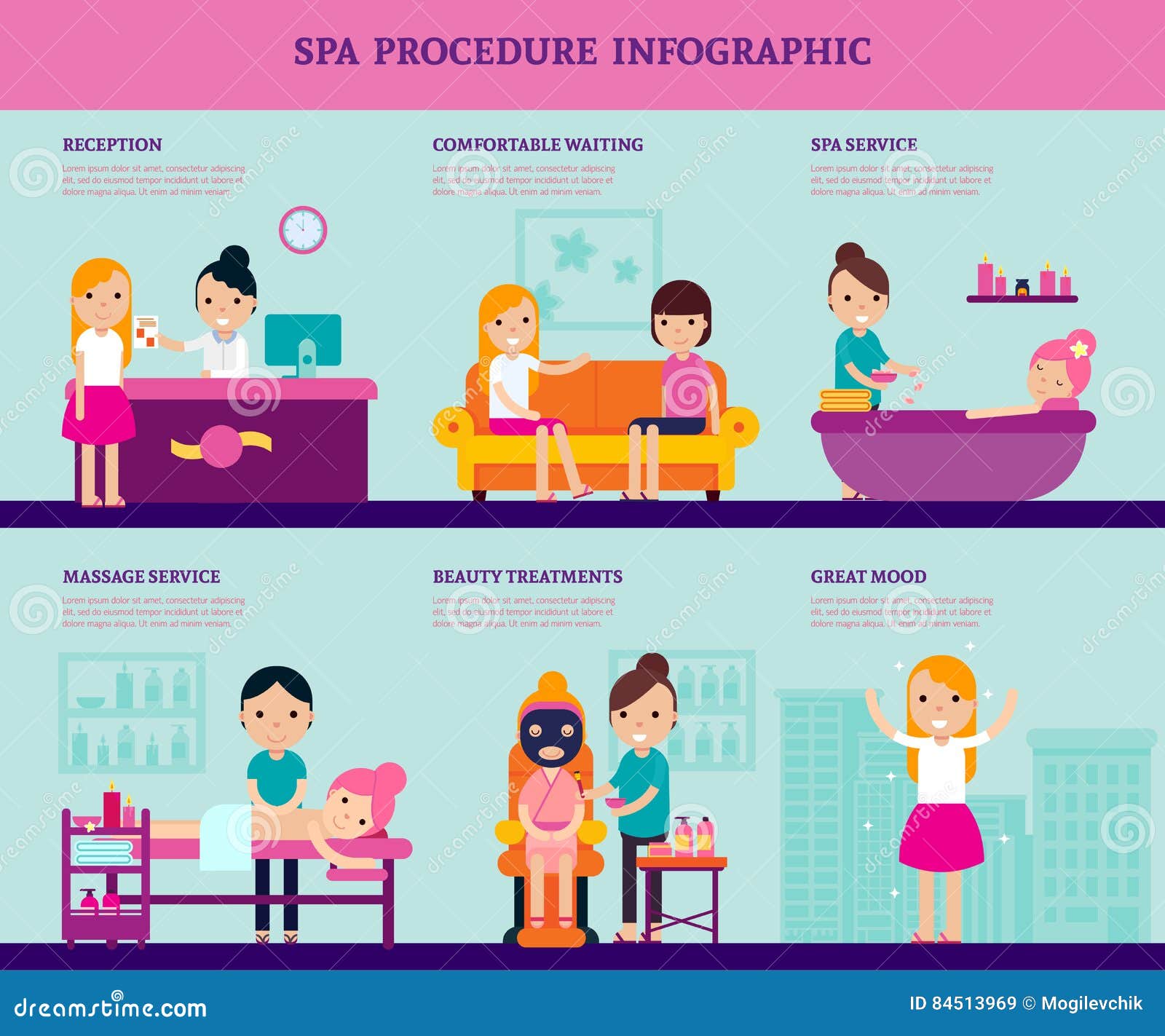AHAs are a key component for unclogging pore clogs and lightening up acne-prone skin. They work by breaking down dead skin cell buildup to promote newer, fresher cells, and protecting against future clogs.
Formulating topical AHAs requires precise interest to different essential variables that substantially impact their effectiveness and tolerability. Preserving the optimal pH variety, in addition to car option and concentration, enhances their exfoliative features while mitigating prospective damaging responses.
Glycolic acid
Glycolic acid is known for its mild yet efficient scrubing properties, which promote skin's natural shedding and loosen the "glue" that holds dead cells on the surface of the skin. This assists unclog pores and lessen the look of fine lines and wrinkles, in addition to improve overall skin appearance and tone.
Surprisingly, topical glycolic acid has also been shown to stimulate the manufacturing of collagen, which is essential in preserving skin's suppleness and elasticity. It is very important to keep in mind, however, that since glycolic acid can boost the skin's sensitivity to sunshine, it is essential to wear sun block when using any items including this ingredient.
Dermatologists pay careful focus to the solution of items having AHAs in order to optimize their effectiveness and tolerability. Formulating AHAs with the proper automobile, together with pH and focus considerations, allows for optimal skin infiltration while decreasing prospective damaging responses. This is especially essential for people with sensitive skin, since AHAs are understood to be gently bothersome.
Lactic acid
Lactic acid is discovered in numerous over the counter skin treatment products and some more powerful expert peels and therapies. It has the most affordable molecular weight of all the AHAs and has the ability to permeate deeper into the skin, where it is much more effective at unclogging pores and exfoliating.
Like glycolic acid, it likewise promotes collagen synthesis, which helps lessen fine lines and wrinkles and enhance skin structure. Additionally, it has moisture-retention residential or commercial properties, that makes it more suitable for drier skin types than other AHAs.
The substantial body of clinical information corroborating the effectiveness of topical masseter botox before and after AHAs sustains their utility in a variety of skin-related conditions and aesthetic issues. These consist of elaborate skin rejuvenation procedures, attenuation of fine lines and wrinkles, lightening of hyperpigmentation, therapeutic treatment for actinic keratosis, and acne monitoring [2] Enhancing the formula of AHAs by stabilizing pH, focus, and automobile choice even more enhances their therapeutic potential. These careful considerations enable dermatologists to deliver secure and efficient therapies that offer superior scientific results.
Mandelic acid
Mandelic acid, originated from almonds, is another member of the AHA family members and is a preferred ingredient in products that assist deal with acne. Its larger molecular size suggests it penetrates the skin much more slowly and carefully, which can lower the capacity for irritability. It's additionally much less most likely to activate inflammation and other skin sensitivity issues, making it ideal for delicate skin types.
Mandelic Acid is thought to help reduce swelling and increase hydration. It works by loosening the bonds between dead skin cells, permitting them to drop and reveal fresher-looking skin. It additionally helps in reducing the appearance of bigger pores.
Developing topical items with AHAs needs a precise equilibrium of essential variables that substantially impact their efficiency and tolerability. In particular, the pH of an AHA solution has been revealed to play a crucial function in its ability to promote peeling and enhance skin tone and appearance. Achieving this ideal focus is a tough goal and needs careful focus to the various elements that affect the solution procedure.
Citric acid
Citric acid, found in citrus fruits such as oranges and lemons, is a mild AHA. It's less annoying than glycolic or lactic acid, making it better for delicate skin. It additionally has astringent properties, helping to dry out excess oil.
Like other AHAs, citric acid can be used in chemical peels and daily active/maintenance therapies to scrub the skin and advertise cell turn over. It can help reduce the appearance of dark spots and hyperpigmentation, as well as great face lines.
It can likewise enhance the synthesis of glycosaminoglycans, which play an essential role in reinforcing the skin obstacle function. This helps to avoid trans-epidermal water loss, and preserve optimal hydration degrees in the skin [35]
AHAs can be integrated with relaxing active ingredients such as ceramides or hyaluronic acid to enhance their tolerability. They can be incorporated right into everyday active/maintenance skin care with lotion or lotion solutions. This enables practitioners to customize their AHA treatments based on patient requirements and choices, with the flexibility of picking from different treatment strengths or concentrations.
